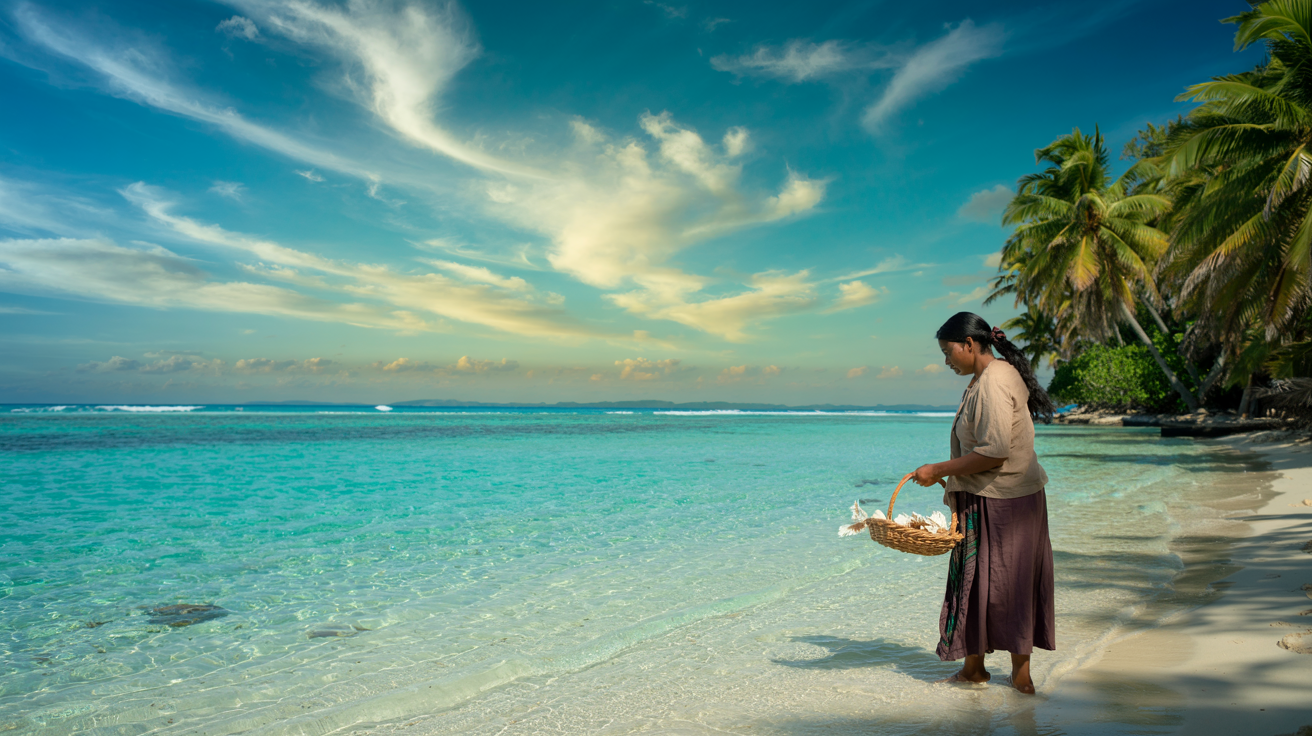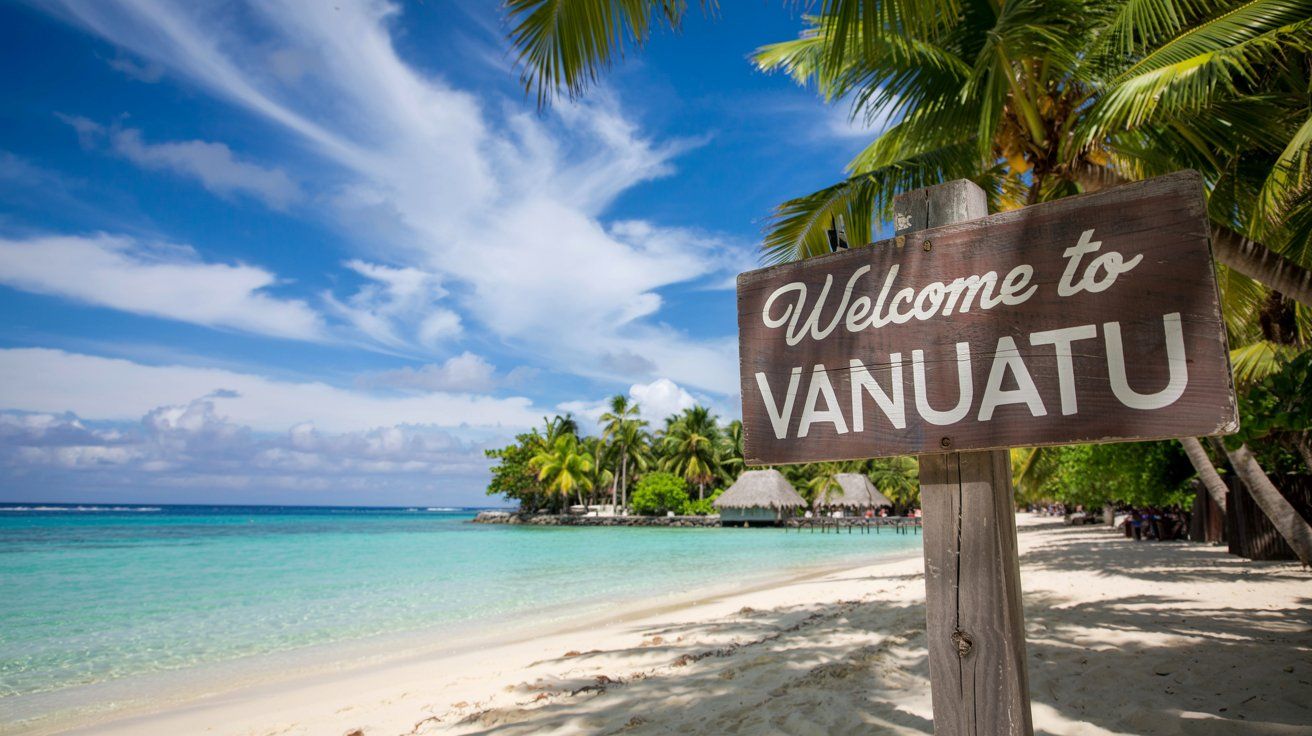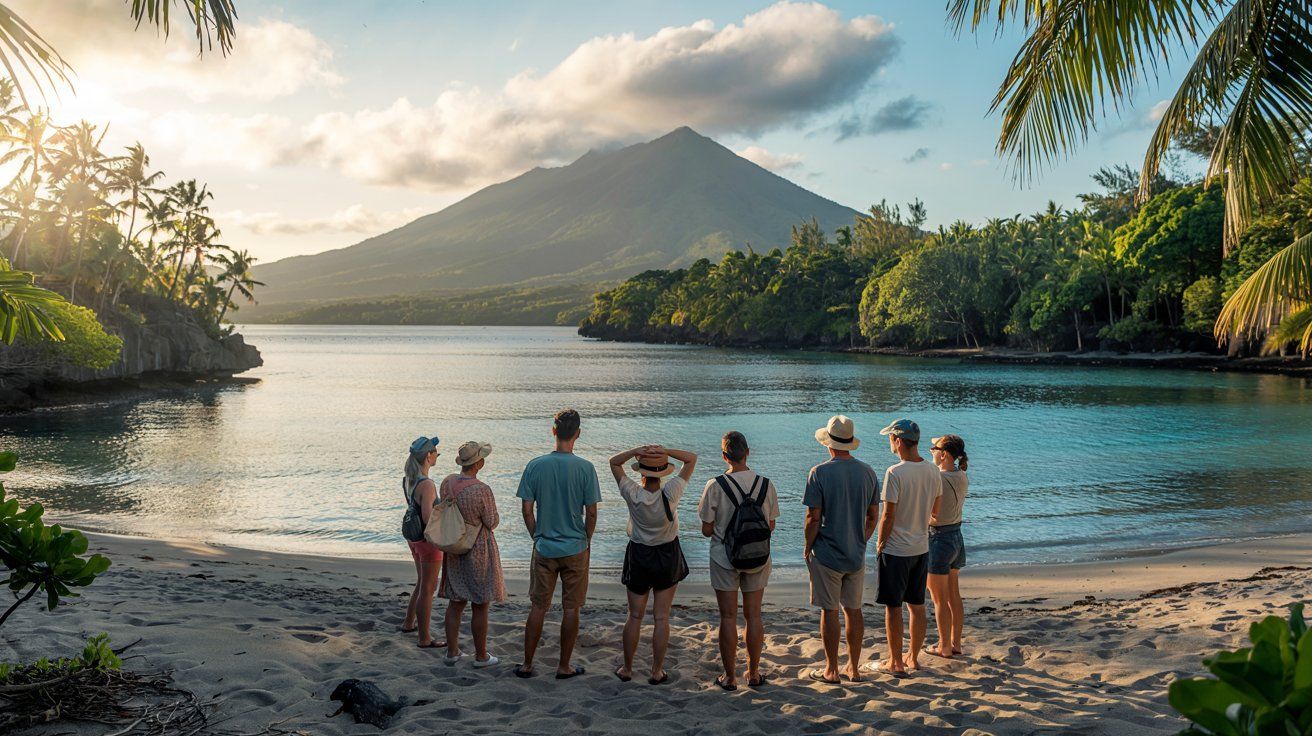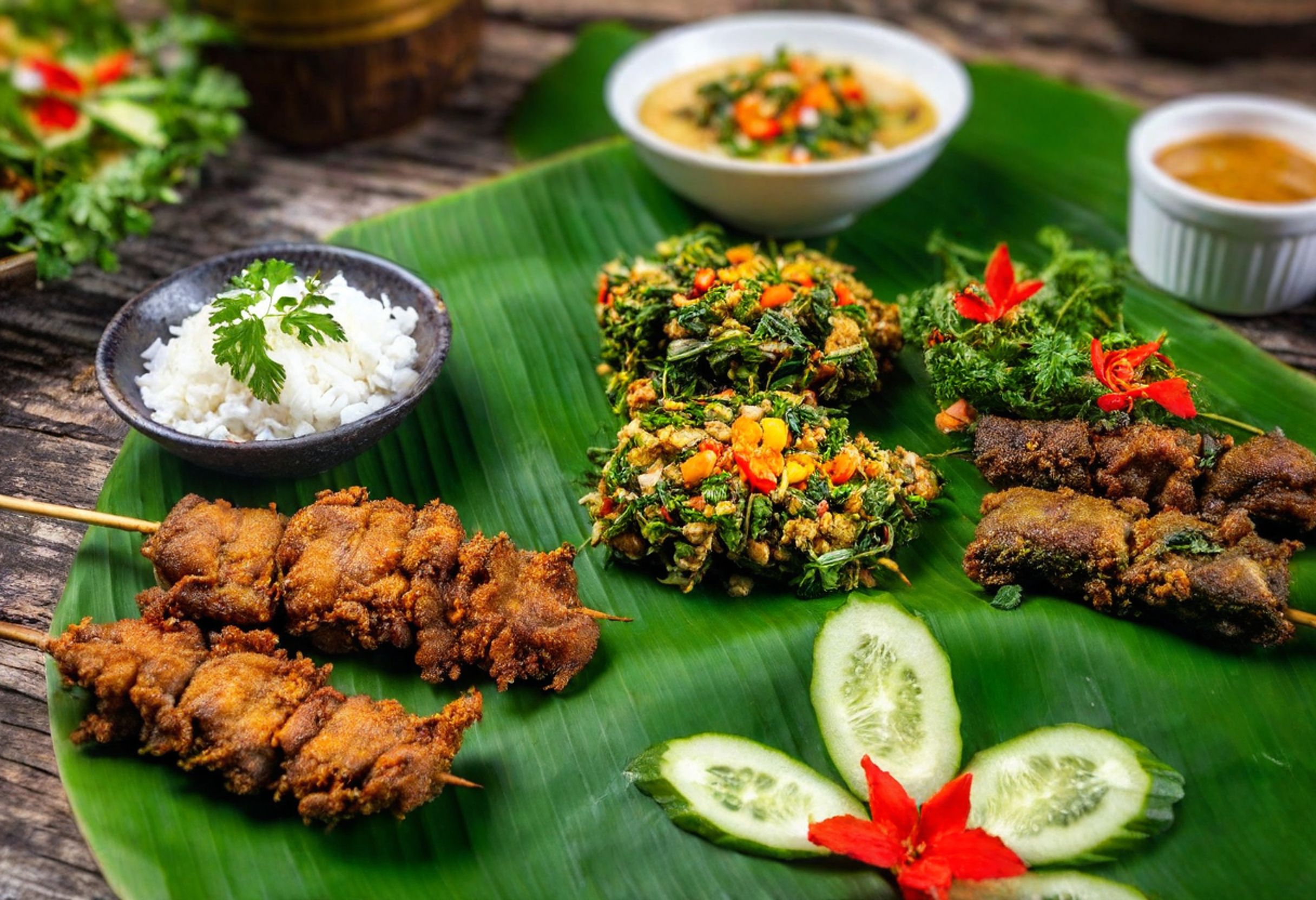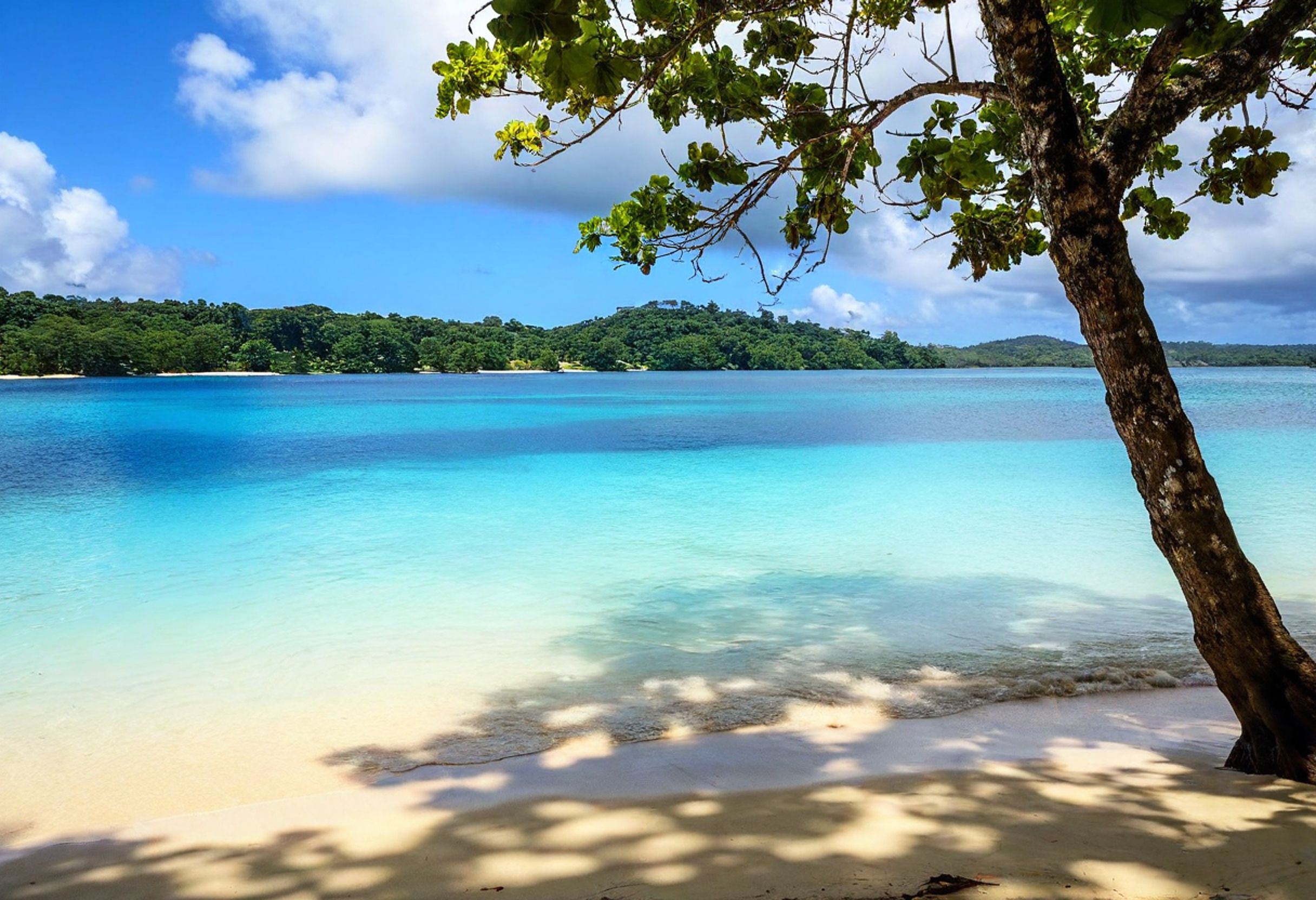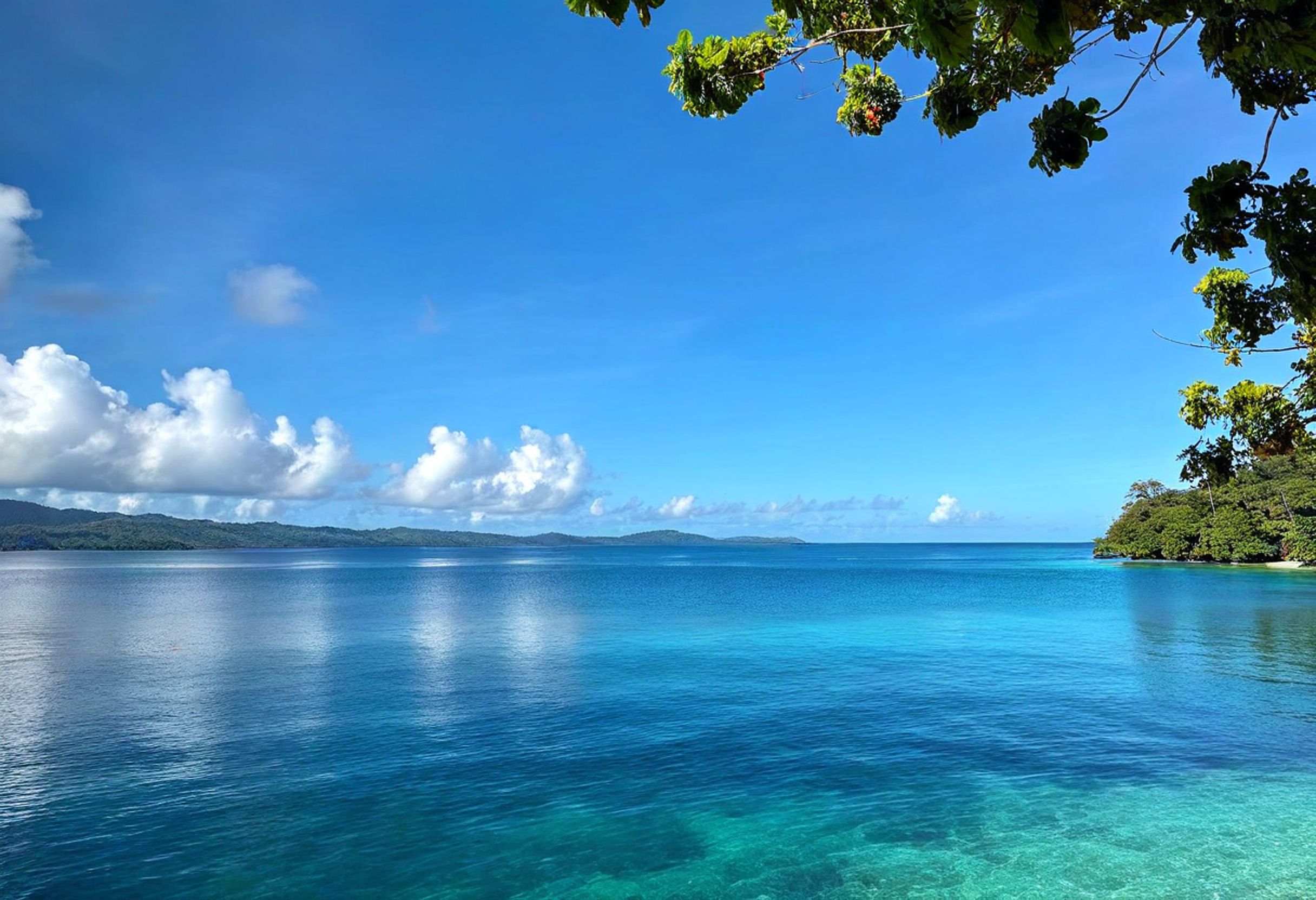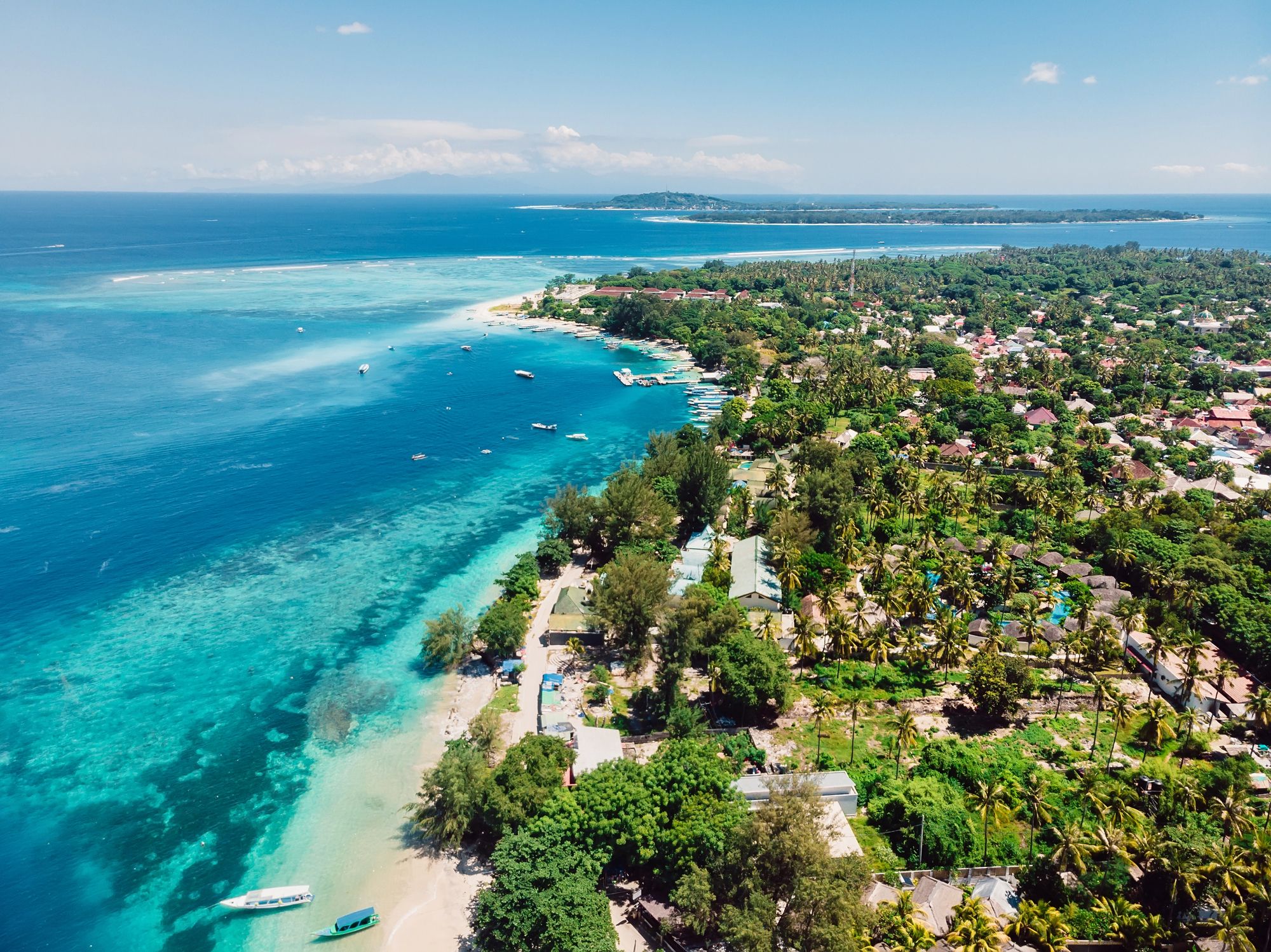In the world of natural history, few tales are as incredible as the epic journey of iguanas to the islands of Fiji.
Recent research has unveiled that these resilient reptiles likely traversed an astounding 8,000 kilometers (5,000 miles) of open ocean by rafting on floating vegetation—a survival feat unmatched by any other land vertebrate.
This discovery reshapes our understanding of animal migration and evolution, revealing the incredible adaptability of iguanas in the process. What’s more, it invites comparisons to other island ecosystems, like those in Vanuatu, where isolation and natural dispersal have also shaped biodiversity in fascinating ways.
The Long Voyage: How Iguanas Floated to Fiji
Using advanced genetic analysis, scientists determined that Fijian iguanas are closely related to desert iguanas from North America. This surprising connection shows the two lineages diverged approximately 31 million years ago.
But how could North American iguanas journey across such vast distances to settle in Fiji, an island chain in the South Pacific?
The answer lies in an extraordinary natural phenomenon called “rafting.”
Floating Forests: Nature’s Unlikely Transport System
Rafting involves animals hitching a ride on masses of uprooted trees and vegetation swept into the ocean during natural disasters like hurricanes or floods.
For iguanas, such vegetation mats became life rafts, allowing them to survive prolonged periods at sea.
This newly uncovered migration event dwarfs other rafting journeys, such as those that transported iguanas to the Galapagos Islands or between the islands of the Caribbean. Essentially, Fijian iguanas traveled twice as far as any of their reptilian cousins in search of new territory.
Why Iguanas are Ideal Ocean Adventurers
What makes iguanas so well-suited for such daring oceanic voyages?
For one, they are cold-blooded, meaning they can conserve energy for extended periods by lowering their metabolic rate.
Secondly, their ability to survive without fresh water for weeks—by relying on moisture from dew, rain, or even humidity—is critical for surviving long voyages.
These adaptations make iguanas exceptional candidates for enduring extreme conditions, much like other resilient island fauna.
The Role of Statistical Modeling in Proving the Theory
Earlier theories suggested iguanas reached Fiji via Asia or Australia, possibly aided by land bridges or tectonic shifts millions of years ago. However, the genetic data paints a different picture.
Statistical modeling, combined with detailed genetic evidence, pointed to direct migration from North America to Fiji.
This striking conclusion emphasizes the incredible randomness and power of natural events in shaping the history of life on Earth.
How This Discovery Challenges Traditional Notions
This study not only broadens our understanding of reptilian survival but also challenges the limits of what we consider plausible in evolutionary dispersal.
It shows that sometimes, nature’s solutions seem almost improbable, yet they occur. Best of all, this discovery enriches our appreciation for the tenacity of iguanas and the variability of island ecosystems.
What Fiji’s Iguanas Teach Us About Island Biodiversity
Fiji’s iguanas offer a unique window into how island biodiversity evolves in isolation.
Unlike mainland ecosystems, islands are natural laboratories for observing how species adapt to limited resources, harsh environments, and competition-free niches.
The iguanas’ survival and thriving in Fiji underscore the delicate balance of factors that lead to species establishment on remote islands.
The Vanuatu Connection: A Lush Archipelago of Wonders
Vanuatu, another Pacific paradise not far from Fiji, shares parallels when it comes to biodiversity shaped by isolation.
Just as iguanas have thrived on Fiji’s islands, Vanuatu boasts its own unique flora and fauna, much of which arrived via natural dispersal processes or evolved in isolation.
From the mighty coconut crab to the stunning Vanuatu megapode, this country is a treasure trove for travelers seeking a glimpse into nature’s creativity.
Why Vanuatu Should Be on Your Bucket List
While Fiji’s iguanas showcase the wonder of long-distance animal migration, Vanuatu invites visitors to explore its equally fascinating and secluded ecosystems.
Whether you’re snorkeling vibrant coral reefs, climbing active volcanoes, or hiking pristine rainforests, Vanuatu offers a raw, untouched beauty not unlike a living, breathing storybook of evolution.
Its remoteness may remind you of the iguana’s journey, conjuring the sense of epic adventure that defines this stunning island chain.
The next time you marvel at the resilience of nature, remember the iguanas’ 8,000-kilometer journey to Fiji—and consider planning your own unforgettable journey to Vanuatu, another jewel of the Pacific.
Here is the source article for this story: Scientists think they’ve finally figured out how iguanas got to Fiji

